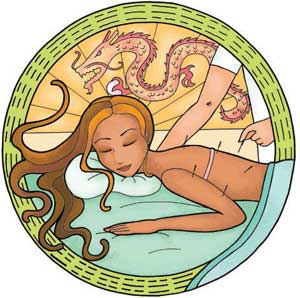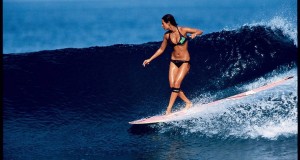
Rolfing and Rolf Movement have become similar terms used to describe technique that can foster a shift in structural and functional potentials. Rolf Movement will be the focus of this outline describing what a Rolf Movement four series incorporates into sessions to cultivate this shift. Four independent sessions will explore breath, appendicular, axial, and cranial orientation and awareness. Simply by bringing awareness to an area, being with it and observing its intention, an individual can transform their container and initiation of expression.
After meeting with the client and discussing their history and information on the client intake evaluation, the first movement session can begin. Few are truly associated with their own breath, it’s rhythm, and when they hold it. It appears that the body organizes around the breath and it’s rhythm, be it hypo or hyperventilating. A walking exploration of breath and movement in gravity, fast and slow, is the best way to start the relationship. When the client communicates a new awareness, have client move out of vertical gravity to supine position on the table to explore. The exploration should be from the top of the head to the bottom of the feet. A diaphragm release and integration can be utilized while the client breathes in and out of each bodily segment. The whole session should be at least an hour for standing and table exploration.
This second movement session should focus on support and how the feet and legs relate to the pelvis. The client should be able to begin with an increased awareness of breath and body from the first meeting. With the client vertical in gravity begin a walking assessment navigating sensation and awareness from the earth to the foot, from the foot up to the knee, and from the knee to the pelvis. Rolf yoga is great way to do some seated work with each foot, foot up toes down and toes up foot down. Lye the client supine and explore heel drags with each foot. Knee overs help the client feel the relationship and weight of femur in hip, and set’s up for Kaya Kalpa exercise to bring the support session together. These movement’s and exercises are technique for cultivating support for the pelvis.
As we move to the third movement session, we in turn move up the body looking at the relationship between the pelvic and shoulder girdles. Contra-lateral movement is the manifesting integration of the spinal engine. When there is little or no contra-lateral movement the mid-dorsal hinge needs a wake up call. With the client supine on the table, knees bent, and feet flat have client (push) right foot into table and (reach) across their body with the contra-lateral arm parallel with the right shoulder. The movement should be subtle, from the inside out. Have client come into gravity and repeat in a seated position. A closed chain technique called “Rolling wave” is a great way to complete the integration. This technique moves from the foot to the hand and provides a serratus/transversus activation integration, which brings the work to the shoulder, neck and head.
Beginning with arm drops, feeling the weight and letting it fall without inhibition can address the head, neck and the shoulder girdle. The tendency is to hold on, and this is precisely what we are witnessing. Ocular decoupling limbs of expression affords the opportunity to release inhibitions in the range of motion restricted by perception, similar to ocular decoupling limbs of support which we did not do this series. The final technique is called ocular-vestibular-cervical reflex. It’s a large group of terms that communicates that the exproprioception feedback we use for hand-eye coordination will be able to release and reset. These four sessions combined will hopefully enable the client to experience a new reality. Humans spend allot of time looking, touching, and forming beliefs. Rolfing and The Rolf Movement techniques help our species to be more integrally informed.
The Certified Rolfing Ten Series has the potential to reduce pain and release tension in the connective and myofascial tissue of the body associated with TMJ, CTS, RLS, Fibromyalgia, Sciatica, Fascitis, Bunions, Scoliosis, and Cerebral Palsy. Fascial asymmetries can cause foot, leg, knee, hip, back, shoulder, neck, arm, hand, and head pain; integration therapy is necessary. Orthopedic, Chiropractic, Physical, and Massage Therapist recognize Rolfing and Rolf Movement as premium pain management utilizing Structural, Functional, and Postural Integration. Before and after photos of some of my clients proven results available only on my website.

Source by John R. Barton
 Vitamin Agent The Health & Naturalistic Source
Vitamin Agent The Health & Naturalistic Source



